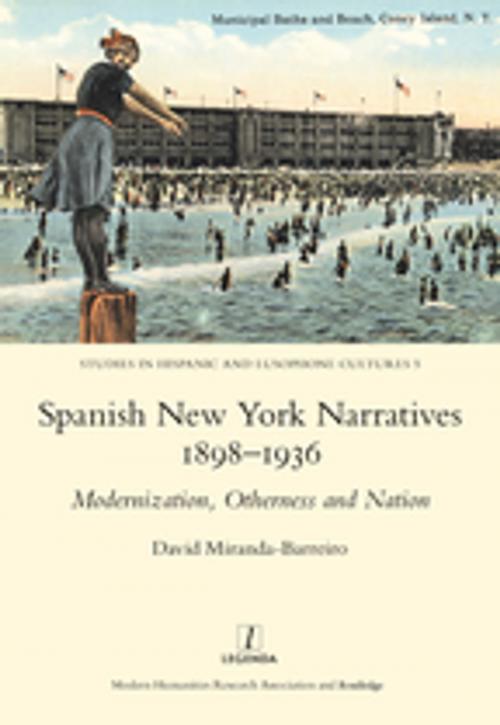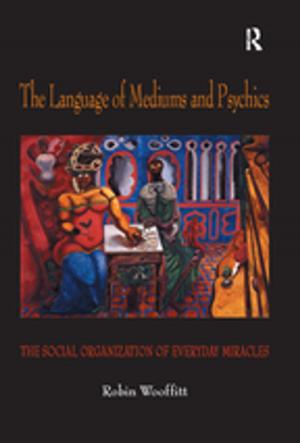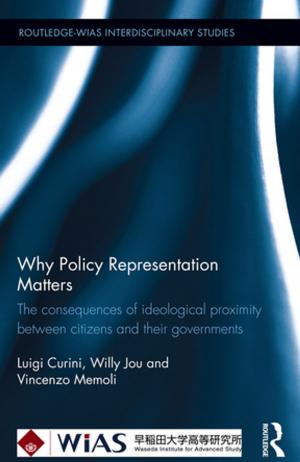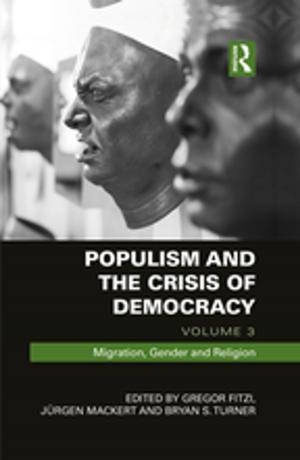Spanish New York Narratives 1898-1936
Modernization, Otherness and Nation
Nonfiction, Reference & Language, Foreign Languages, Language Arts| Author: | David Miranda-Barreiro | ISBN: | 9781351548106 |
| Publisher: | Taylor and Francis | Publication: | July 5, 2017 |
| Imprint: | Routledge | Language: | English |
| Author: | David Miranda-Barreiro |
| ISBN: | 9781351548106 |
| Publisher: | Taylor and Francis |
| Publication: | July 5, 2017 |
| Imprint: | Routledge |
| Language: | English |
In the early decades of the twentieth century, New York caught the attention of Spanish writers. Many of them visited the city and returned to tell their experience in the form of a literary text. That is the case of Pruebas de Nueva York (1927) by Jose Moreno Villa (1887-1955), El crisol de las razas (1929) by Teresa de Escoriaza (1891-1968), Anticipolis (1931) by Luis de Oteyza (1883-1961) and La ciudad automatica (1932) by Julio Camba (1882-1962). In tune with similar representations in other European works, the image of New York given in these texts reflects the tensions and anxieties generated by the modernisation embodied by the United States. These authors project onto New York their concerns and expectations about issues of class, gender and ethnicity that were debated at the time, in the context of the crisis of Spanish national identity triggered by the end of the empire in 1898.
In the early decades of the twentieth century, New York caught the attention of Spanish writers. Many of them visited the city and returned to tell their experience in the form of a literary text. That is the case of Pruebas de Nueva York (1927) by Jose Moreno Villa (1887-1955), El crisol de las razas (1929) by Teresa de Escoriaza (1891-1968), Anticipolis (1931) by Luis de Oteyza (1883-1961) and La ciudad automatica (1932) by Julio Camba (1882-1962). In tune with similar representations in other European works, the image of New York given in these texts reflects the tensions and anxieties generated by the modernisation embodied by the United States. These authors project onto New York their concerns and expectations about issues of class, gender and ethnicity that were debated at the time, in the context of the crisis of Spanish national identity triggered by the end of the empire in 1898.















